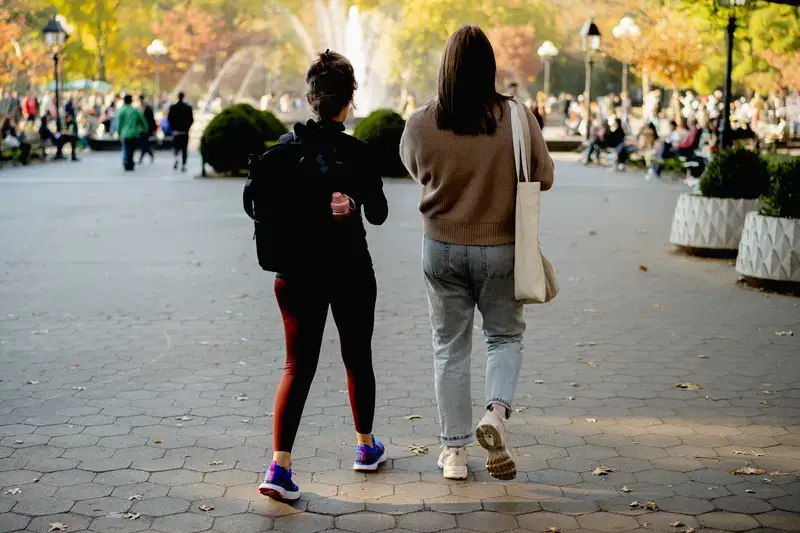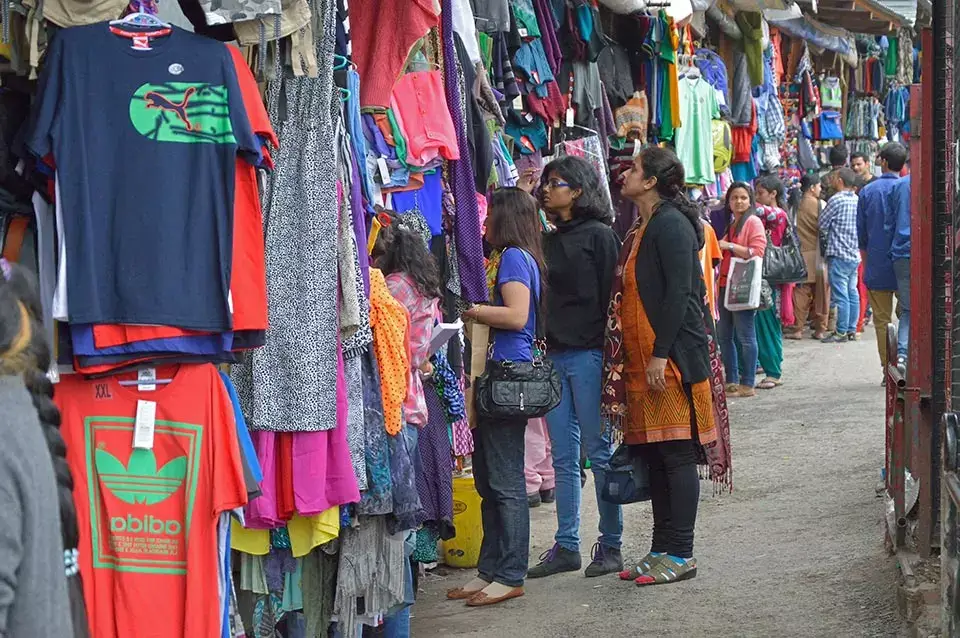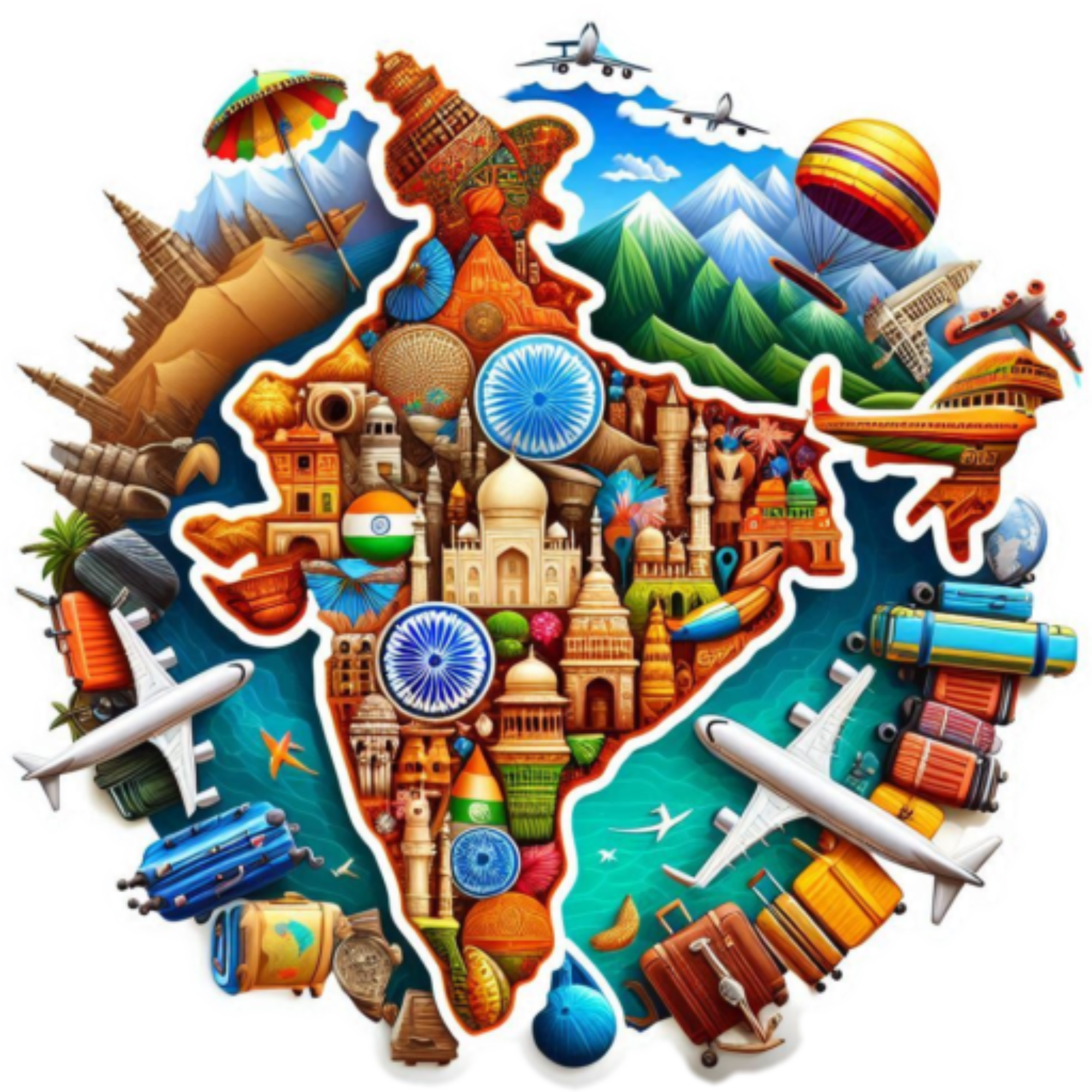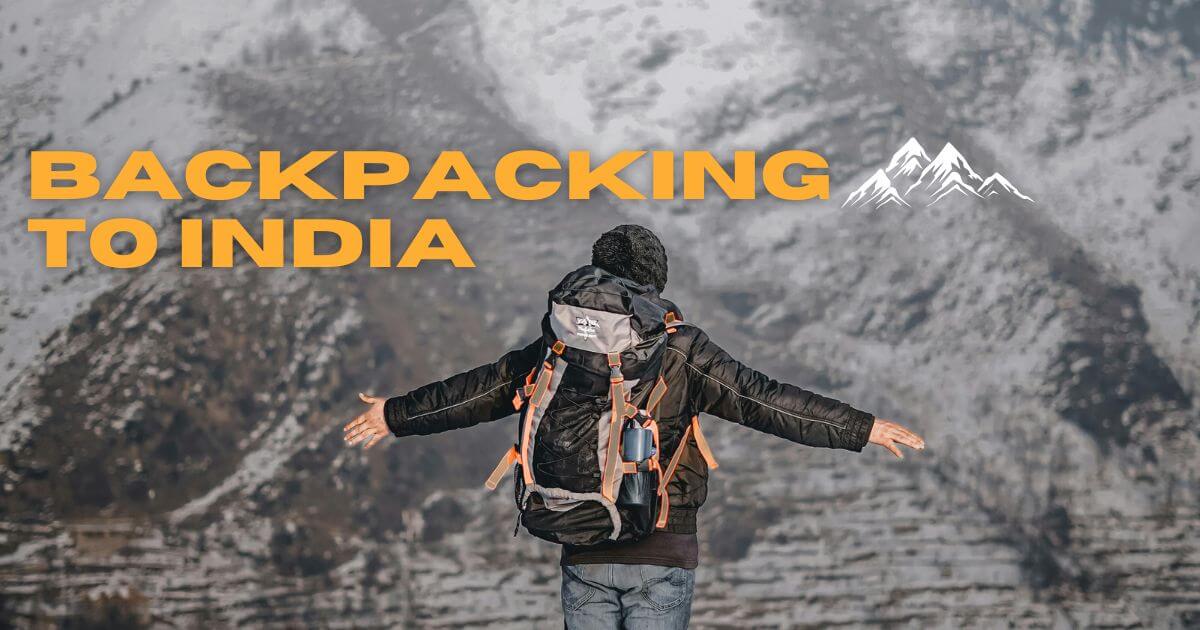
India stands as one of the world’s premier backpacking destinations, offering an exceptional blend of culture, history, and adventure—all at an affordable price. From the snow-capped peaks of the Himalayas to the sun-kissed beaches of Goa, India caters to every type of backpacker. Whether you’re trekking the rugged hills of Sikkim, exploring the ancient temples of Varanasi, or simply unwinding on the shores of Kerala, the country provides endless opportunities for exploration.
India’s tourism sector has experienced significant growth, with over 10 million international visitors in 2023 alone, according to official statistics. Known for its vibrant festivals, iconic historical landmarks such as the Taj Mahal, and UNESCO World Heritage sites like Orchha, the country draws travelers from all over the globe. India also offers a wide range of budget-friendly options, including affordable accommodations, street food, and efficient public transportation.
India’s rich cultural heritage, welcoming people, and diverse landscapes make it an ideal destination for solo travelers and adventure seekers alike. Whether you’re pursuing spiritual growth in Rishikesh or seeking an off-the-beaten-path adventure in the Spiti Valley, India’s multifaceted appeal ensures there is something for every traveler. With established backpacker routes, budget accommodations, and a unique cultural experience, India remains a top destination for global backpackers.
According to government data, the most visited places by international tourists include the Taj Mahal, Agra Fort & Fatehpur Sikri (Agra, Uttar Pradesh), Qutub Minar, Humayun’s Tomb & Red Fort (New Delhi), Sarnath (Uttar Pradesh), and Jaipur (Rajasthan).
In response to the growing backpacker community, many state governments have launched initiatives to enhance tourism infrastructure and provide affordable facilities. For instance, the Uttar Pradesh government has classified fully operational home-stays as “Incredible India Bed and Breakfast (B&B) Establishment” ensuring travelers receive standard amenities at excellent prices.

Essential Packing List for a Backpacking Trip to India
If you’re a minimalist seasoned backpacker, you don’t need to bring much. Simply show up in your clothes, with your passport, visa, money, and travel insurance. You can buy clothes, bags, and toiletries at much cheaper prices in India. However, if you prefer to pack the traditional way, here’s a list of essentials for a safe and comfortable backpacking experience.
1: Mobile Phone and Charger
Your phone will be essential for navigation, translation, reading reviews, and staying in touch. SIM cards are easily available at the airport and are cheap, with fast data.
2: Money Belt
Although digital payments are popular, it’s wise to carry some disposable Indian currency. Keep it secure in a money belt. You can also use UPI One World, an initiative by the Government of India, for easy transactions in India.
3: Universal Adapter

If you’re carrying any electronics like a laptop or phone charger, a universal adapter will come in handy.
4: Footwear

Good running shoes are perfect for most of India’s terrain, as the weather is generally warm. For the beach, flip-flops are cheap and widely available.
5: Health Kit
Pack mosquito repellent, basic first aid supplies (bandages, antiseptic), hand sanitizer, wet wipes, anti-diarrhea medication, and sunscreen. Female travelers should bring feminine hygiene products, and be prepared for basic toilet facilities. Carry toilet paper and familiarize yourself with using Indian-style toilets for a more hygienic experience.
6: Sleeping Bag
A sleeping bag is helpful for staying in budget hotels with questionable hygiene or when traveling by train, especially in cooler climates.
What Not to Bring to India on a Backpacking Trip
1: Reusable Water Bottle
While it might seem like a good idea to bring a reusable water bottle, it’s unnecessary. You won’t drink tap water in India. Bottled water is widely available for around $0.25 per liter, and there are several trusted brands like Bisleri, Aquafina, and Kinley. However, there are many fake options are there. So check the brand design carefully, and that the bottle is sealed. Also please don’t throw the empty bottle just about anywhere. Most Indians are notorious of littering. As a world citizen, it is our duty to keep our footprints responsible.
2: Clothing

India’s weather can vary greatly. If you’re traveling in the summer, pack lightweight, breathable clothes. The north can get cold, especially from November to February, but you can easily buy affordable clothes in cities like Delhi or hill stations like Shimla, Nainital, and Gangtok.
By packing these essentials and avoiding unnecessary items, you’ll be well-prepared for a safe and comfortable backpacking adventure in India.
How expensive is backpacking in India?
One of the reasons India is such a popular backpacking destination is its affordability. On average, you can easily survive under INR 3,000 per day, depending on your preferences.
- Accommodation: Budget accommodations range from INR 500 to INR 1,500 per night in guesthouses or hostels.
- Food: Street food is delicious and affordable, costing between INR 50-150 per meal. Dining in restaurants will cost slightly more, with prices ranging from INR 200 to INR 600 per meal.
- Transportation: Train travel in India is relatively inexpensive, with long-distance tickets starting at around INR 200. Buses and autorickshaws are also affordable options for getting around.
Is India safe to travel to?
While India is a relatively safe country for backpackers, there are some important things to keep in mind to ensure your safety:
- Stay Aware: Keep your belongings close, especially in crowded places. Petty theft can occur in touristy areas.
- Food and Water: Stick to bottled water and avoid drinking tap water. Street food is generally safe, but be cautious if you have a sensitive stomach.
- Transport: Use official taxis or ride-hailing apps like Uber or Ola for safe travel within cities. Avoid unmarked taxis and rickshaws. Always keep your eyes on Google Map. It is the best friend for an international tourist in India, thanks to cheap internet.
- Health: Vaccinations for diseases like hepatitis A, B, and typhoid are recommended before traveling to India. Be prepared for a different climate and pace of life, which can lead to fatigue.
Is India Safe for Solo Female Travelers?

India is generally a safe country, and the people are often welcoming and eager to help. However, like any destination, it’s important to take precautions to ensure a safe and enjoyable trip. Here are some tips for female travelers in India:
- Travel with a Companion: If possible, it’s safer to travel with a companion, whether male or female. There’s safety in numbers, and having someone with you can help you feel more secure, especially in unfamiliar or crowded areas.
- Dress Modestly: In many public places, it’s advisable to avoid wearing shorts or revealing clothing. Modesty is generally appreciated in India, and dressing conservatively can help avoid unwanted attention.
- Be Mindful of Social Interactions: A smile or small talk in India can often be seen as an invitation for further engagement. If you’re not interested in interacting, it’s okay to keep a neutral expression and continue with your activities.
- Respect Religious Customs: If you visit religious sites, it’s considered respectful to wear a scarf or cover your head, especially in temples and mosques. While it’s not always mandatory, doing so will earn you respect from locals.
By following these guidelines, female travelers can have a safe and enriching experience while exploring India.

